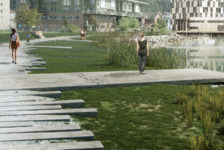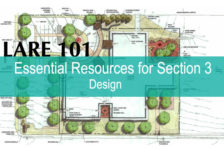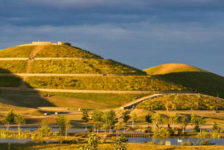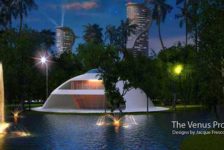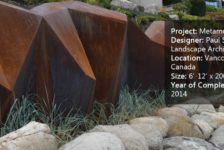Article by Aybige Tek Fangshan Tangshan National Geopark Museum by HASSELL and Studio Odile Decq, in the Tangshan, China. Fangshan Tangshan National Geopark Museum is one of the finest global geoparks in the world. A global geopark has major purposes; such as to be sustainable and to protect geological & historical heritage within the natural habitat. Fangshan Tangshan National Geopark has a variety of functions to fulfill for many people while it raises their curiosity about the natural world. It is definitely worth a visit to China to see it!
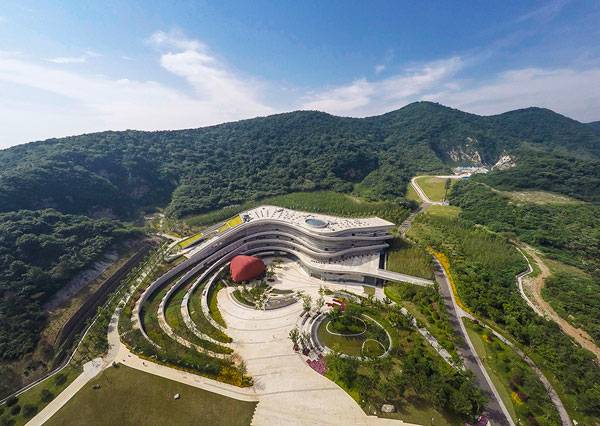
Fangshan Tangshan National Geopark Museum.Photo credit: Johnson Lin
Fangshan Tangshan National Geopark Museum
What is Near Fangshan Tangshan National Geopark Museum?
Fangshan Tangshan National Geopark Museum is close to internationally significant archaeological sites such as Nanjing Hulu Caves (ape-man). Ape-men are the first humans that lived on the planet. The earliest humans who lived in this region, lived in this area. The first humans looked like apes; that is why they are called “ape-men”. These caves, which have human fossils that date all the way back to 160,000 years ago, were discovered in the year 1993. There are also excavations that show how the geological formations were created during the Paleozoic Era of the earth. The project’s location is special, for its global history of landscape architecture as well as architecture. The museum and its landscape architecture is surrounded by mountain views and natural green spaces.
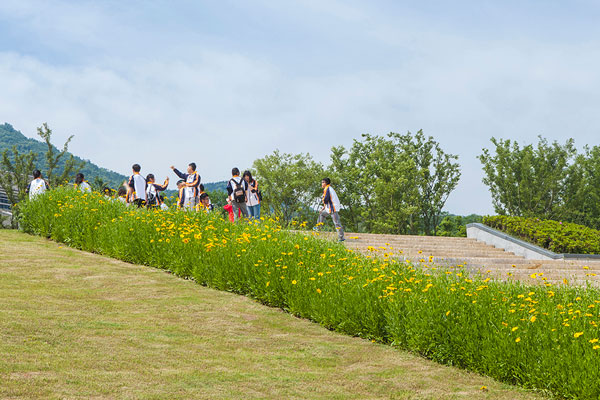
Fangshan Tangshan National Geopark Museum. Photo credit: Johnson Lin
The whole park’s landscape flows in harmony with the topography of the mountains and hills and the museum building itself positions itself in unity with the site. The project creates a bonding of humanity’s past and humanity’s present with the deliberate intention to create almost a feeling of time travel. The whole complex extends the past culture of China and the world to future generations. This is achieved on a global level too by displaying a combination of history and nature. Fangshan Tangshan National Geopark Museum is 40 km outside the perimeter of Nanjing and contains the new Great Relic Museum.
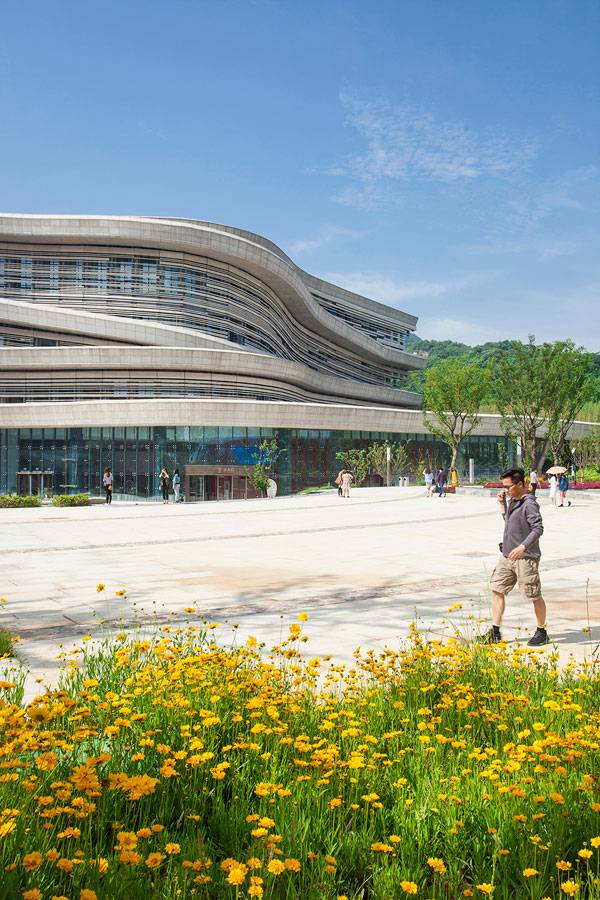
Fangshan Tangshan National Geopark Museum. Photo credit: Johnson Lin
was the project’s landscape architect and designed the museum’s plaza and neighbouring parkland networks which tie the surrounding lands to the building. Everything together looks like one compact harmonized project, anchored to its surroundings. The unified project seems like a natural area because the designs are following the natural curves of the topography which creates pleasing views. This landscape project fits well into its site as it is designed in respect to the nearby mountains and the overall nature of the area. All of these qualities of design have a special flow which is soothing and smooth for eyes to experience. Site and landscape mimic the mountains and the topographical movements of nature, which creates a sense of harmony.
…There is also an element of water in the design which always creates peace and rest for the eyes of the users… There are smooth concrete steps with green grass in between them that let users move up and down the plaza and paths. Meanwhile, local, pink-flowering plants make the landscape look like a work of art. The small stairs are easy to access and visually stimulating! They are never boring. The concrete stairs are winding, with circular movements, and are fun to move up and down. There is also an element of water in the design which always creates peace and rest for the eyes of the users.
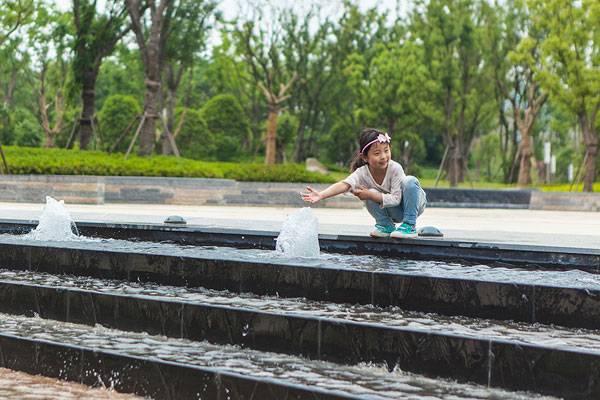
Fangshan Tangshan National Geopark Museum. Photo credit: Johnson Lin
The architectural museum is designed by
Studio Odile Decq. The building also took its form from the movements of the topography and the whole project has many layers of flowing curved lines and paths to walk around and play upon. The interiors contain a lot of spaces and voids for different functions. It is a strong, unique, public architectural and landscape project because of its open spaces.
“The indoors and outdoors of the whole site are connected to each other”. The skylight in the center of the building is a gorgeous technical feat of architecture and glasswork, with an amazing steel structure to get the sunlight in the building. The building has exhibition spaces that people can access via sculpture-like escalators to the upper floors and has a natural sustainable architectural wall that shows the plant life of the Paleozoic Era. The indoors and outdoors of the whole site are connected to each other.
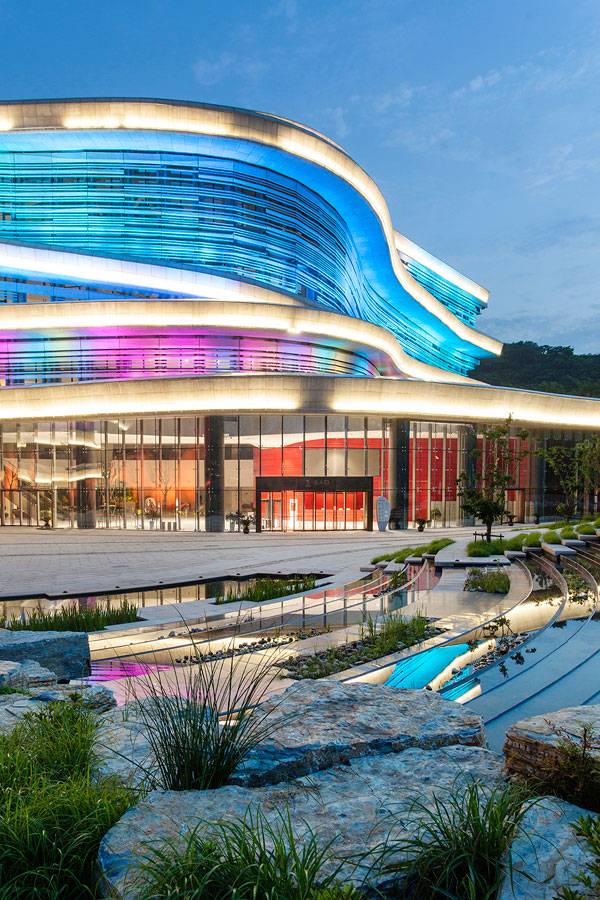
Fangshan Tangshan National Geopark Museum. Photo credit: Johnson Lin
Fangshan Tangshan National Geopark Museum Project offers exploration, discovery, and tourism plus an in-depth experience of history, archaeology, and geology. Winding pathways carry visitors from the entry meeting point at the plaza through the depths of the whole site. Every element in nature, landscape and architecture is integrated in synchronization with each other, which makes the whole design a point of attraction. People can sit down on the steps and enjoy the gardens and plaza. There are a lot of spaces for people to meet publicly and interact with each other. Circular designs gather people together and when there are the combined elements of seats, water, trees, flowers, and plants, people can just sit down and relax their minds and bodies by observing these elements of good quality designs.
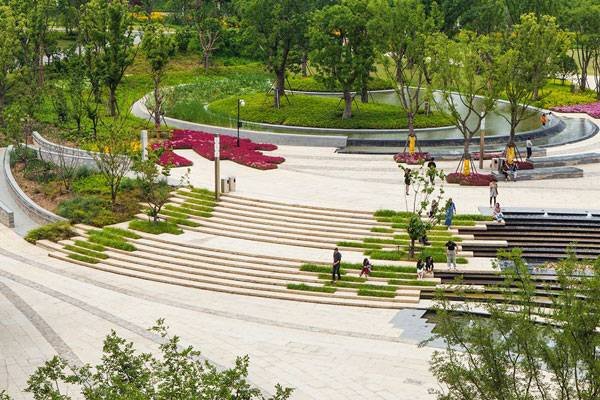
This photo captures how the landscape design curves and moves up and down in coordination with the land and how it is layered, geometrically, in a pleasing manner for the user. Photo credit: Johnson Lin
Each of the gardens at Fangshan Tangshan National Geopark Museum creates a “prehistoric” experience of the gardens of a unique time and place for the visitor. They are designed in such a new and different way: each garden has the qualities of a specific period of the Paleozoic era. One garden consists of rocky, microbial soil crust of the Cambrian Landscape, another contains Silurian wetlands and forests with detailed plants of those times. The plaza gardens have pink flowers and green grass to enjoy while sitting down or passing by. There are many trees planted and rocks placed all around in the project, also in circular patterns. Children and people experience natural textures and surfaces while visiting the geopark. The design offers a lot of textures and materials for kids to learn about their living environment.
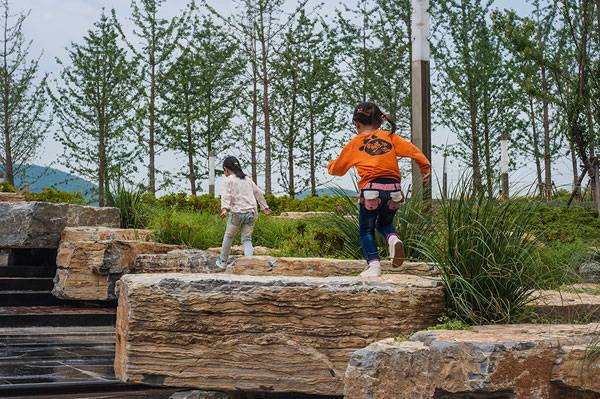
For kids and youngsters, the gardens and pathways creates a lot of variety for discovery, play, and exploration, as an experience to use later in life. Photo credit: Johnson Lin
Internationally, this is one of the most excellent designs because each designed element is correct and appropriate for these spaces. This project honours the history of our world, the history of us humans and the enduring quality of nature! These are the most important subjects for people, therefore this project locates itself as one of the top geoparks in the world. The international teams who worked on this project achieved success by sorting out everything in detail and bringing all these together in a nice and compact site.

This photo captures how the landscape design curves and moves up and down in coordination with the land and how it is layered, geometrically, in a pleasing manner for the user. Photo credit: Johnson Lin
Wrapping visitors into an extraordinary experience of history, nature, design, geology, sustainability, and movement, this project by far is one of the greatest examples of Geoparks all around the world and offers an absolutely worthy site to visit in China as mentioned earlier.
What other Geoparks have you visited? Let us know in the comments below! Go to comments 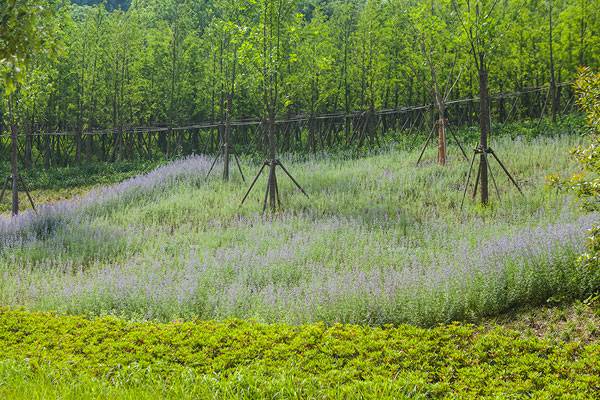
Fangshan Tangshan National Geopark Museum. Photo credit: Johnson Lin
Full Project Credits For Fangshan Tangshan National Geopark Museum:
Project Name: Fangshan Tangshan National Geopark Museum Landscape Architect: HASSELL Landscape Design Institute: Shanghai Julong Green Land Development Co. Ltd Architect: Studio Odile Decq Photography: Johnson Lin Project Location: Tangshan China Budget: $3.2M. Date of Construction: 2014 Date of Completion: 2016 Size: 15 Ha Awards: Hong Kong Institute of Landscape Architects Silver Award Landscape Conceptual Design Prizes: Jiangsu Provincal Architectural Honor Award 1st Place , City of Nanjing Municipal Architectural Honor Award Client: Nanjing Tangshan Construction Investment Development Company Recommended Reading:
Article by Aybige Tek
Published in Blog












